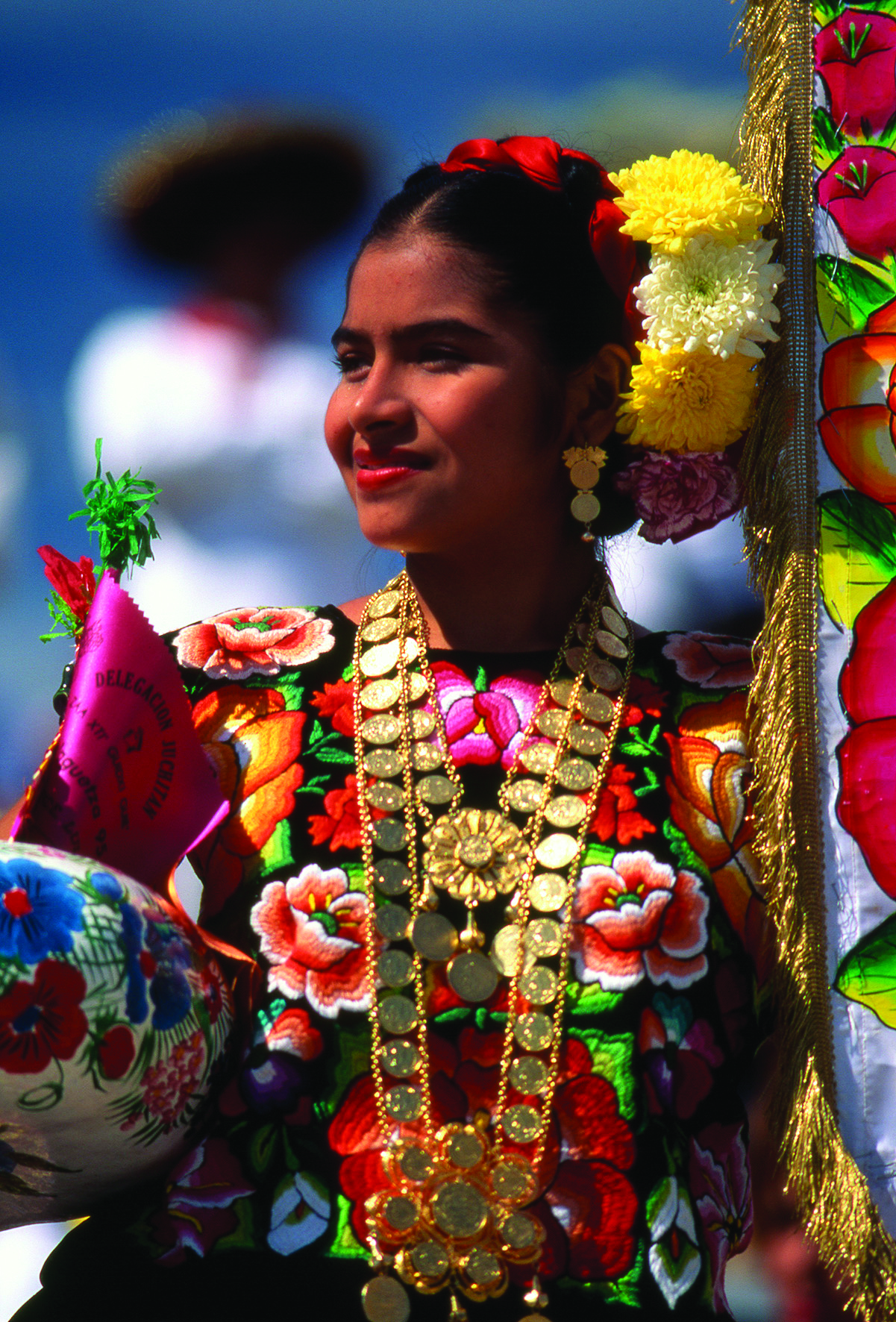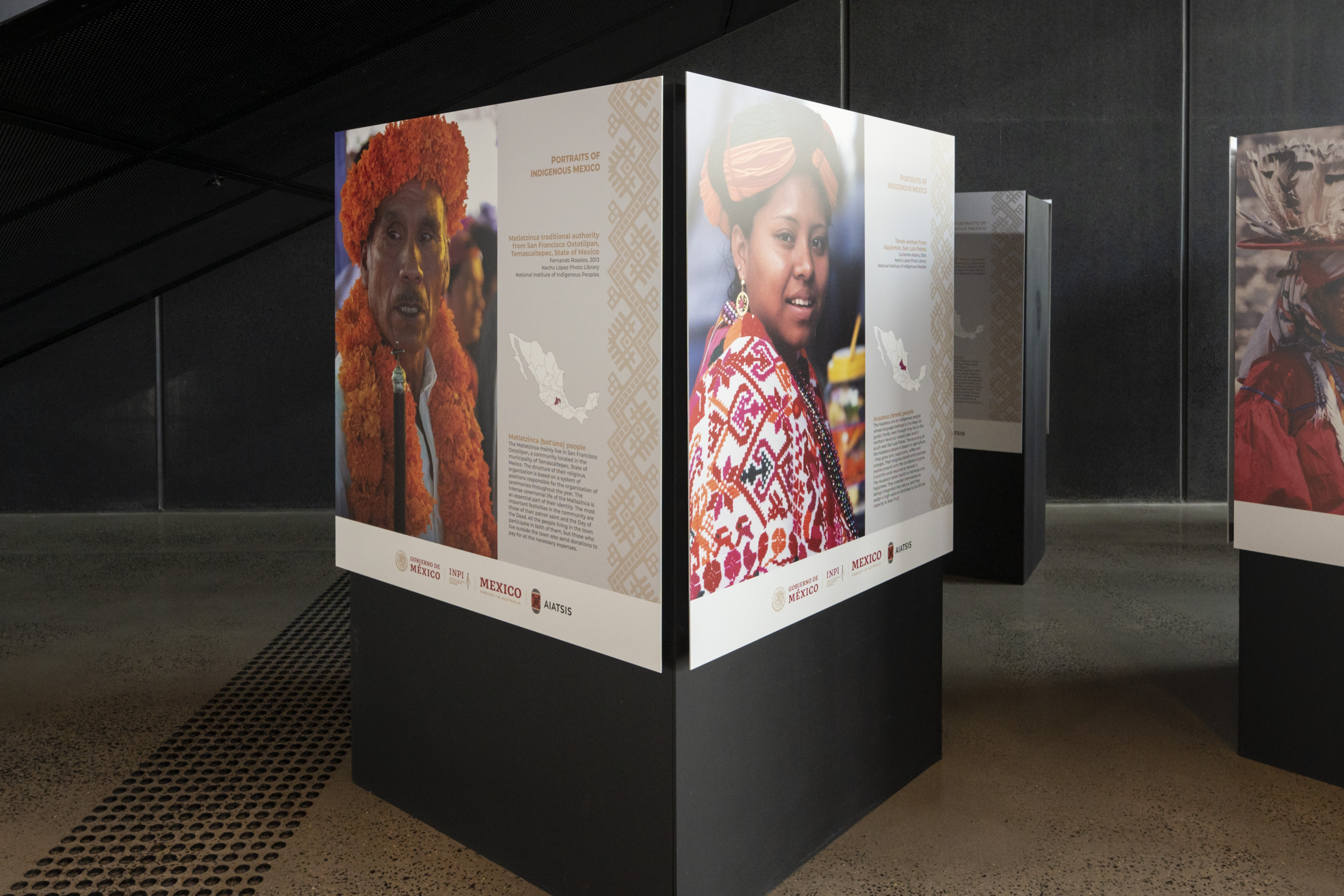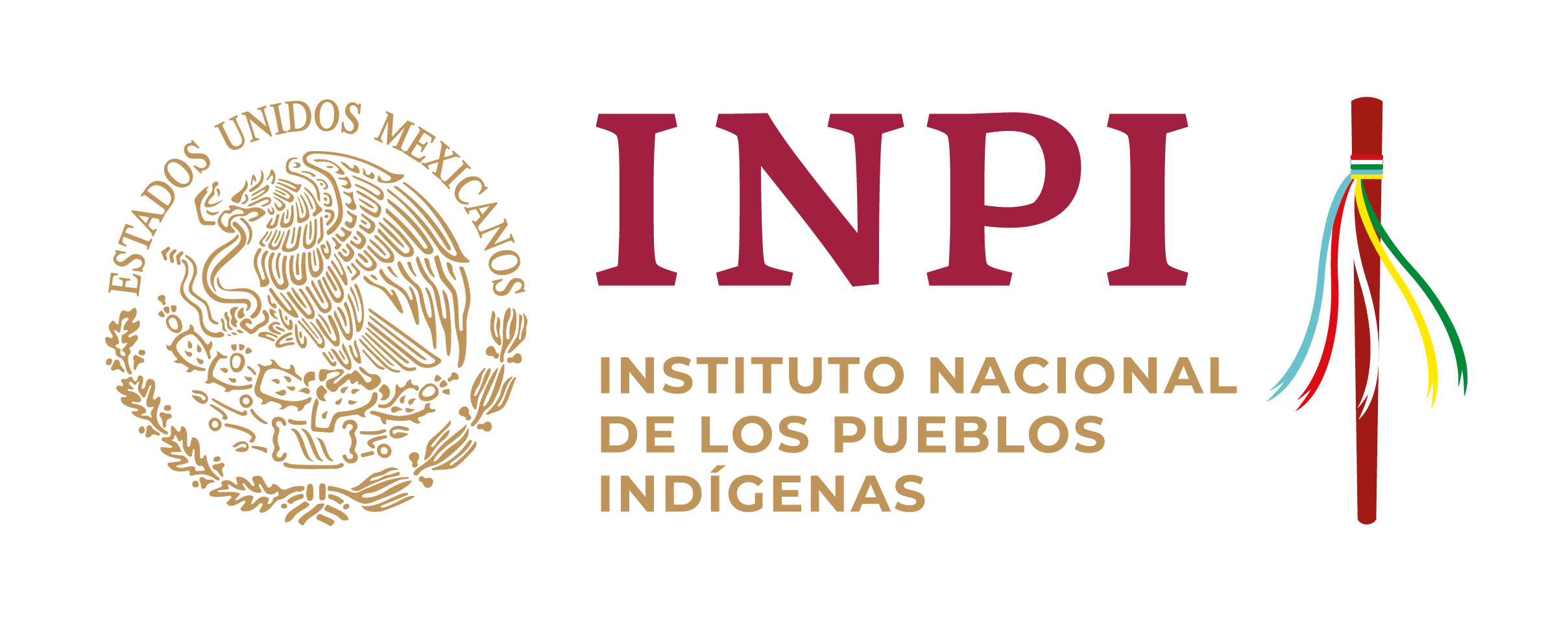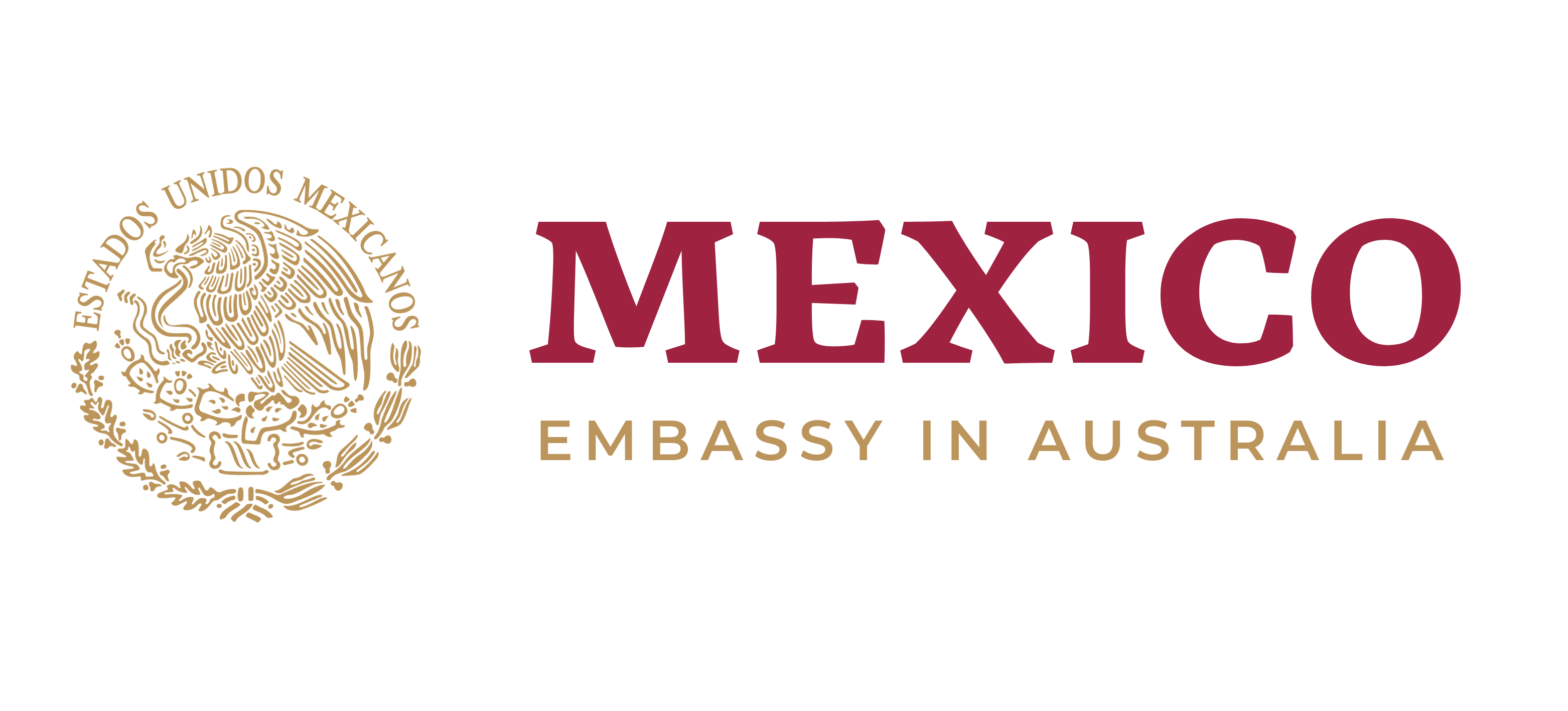AIATSIS in collaboration with the Instituto Nacional de los Pueblos Indígenas (INPI) and the Embassy of Mexico in Canberra, presents Portraits of Indigenous Mexico. An exhibition of 20 photographs representative of the indigenous peoples of Mexico from Fototeca Nacho López of the National Institute of Indigenous Peoples.
The exhibition features photographs by Guillermo Aldana, Fernando Rosales, Lorenzo Armendáriz, Miguel Bracho, Rubén Pax, Leticia Olvera, Nacho López.
Mexico is a country with a territory characterised by an amazing variety of landscapes and climates that have allowed for the development of an extraordinary biodiversity. This lavish nature can be equated with the immense cultural and linguistic richness of indigenous and Afro-Mexican peoples. Across the country’s geography, 68 different native languages, subdivided into 364 local linguistic variants grouped in 11 families, are spoken.
Through this series of photographs from the Nacho López Photo Library of the National Institute of Indigenous Peoples, the Mexican Embassy and AIATSIS invite you to learn more about, and appreciate, the languages, knowledge and expressions that, preserved and conveyed by their original creators, represent Mexico’s most exceptional live heritage.
AIATSIS and INPI signed a memorandum of understanding (MoU) in 2020 which forged a joint work plan of collaborative activities. We continue to share knowledge and information through reciprocal exhibitions in Australia and Mexico, a cycle of dialogues about good practices in our respective archives and a webinar.
This event has now concluded.

Tarahumara ‘Pinto’ or ‘Pascol’ dancer during the Holy Week in Norogachi, Guachochi, Chihuahua. Guillermo Aldana, 1976. Nacho López Photo Library, National Institute of Indigenous Peoples.
Tarahumara ‘Pinto’ or ‘Pascol’ dancer during the Holy Week in Norogachi, Guachochi, Chihuahua. Guillermo Aldana, 1976. Nacho López Photo Library, National Institute of Indigenous Peoples.
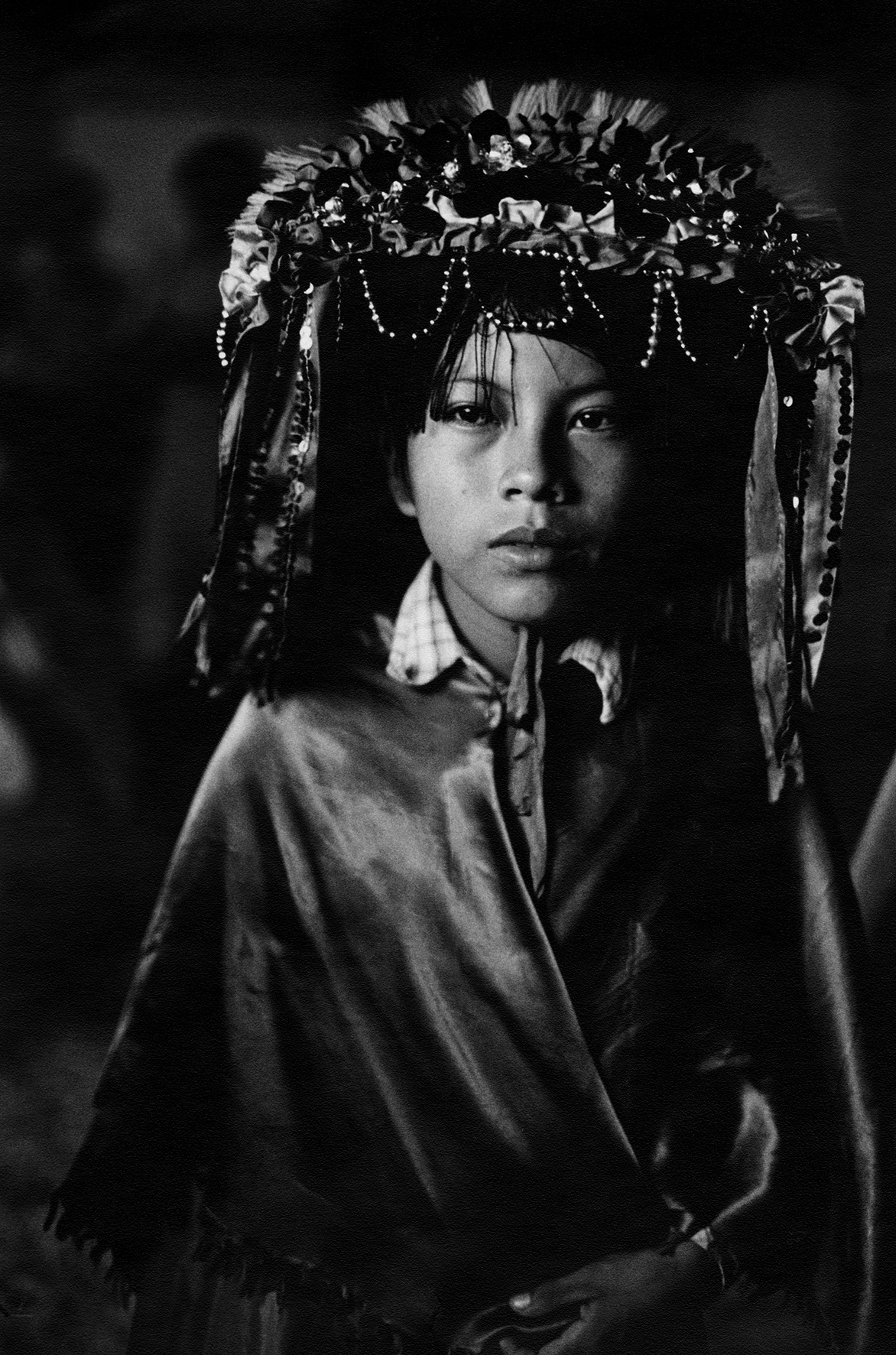
Nahua 'Negritos' dancer from San Miguel Tzinacapan, Cuetzalan del Progreso, Puebla. Rubén Pax, 1985. Nacho López Photo Library, National Institute of Indigenous Peoples.
Nahua 'Negritos' dancer from San Miguel Tzinacapan, Cuetzalan del Progreso, Puebla. Rubén Pax, 1985. Nacho López Photo Library, National Institute of Indigenous Peoples.
Indigenous Mexico
As the direct descendants of pre-hispanic civilisations, indigenous peoples have shaped over the course of time dynamic and different cultures, each of them with their own language, forms of social organization, government systems, knowledge, ways of thinking and understanding the world, religiousness and aesthetic expressions. This invaluable heritage is combined with the cultural contributions of countless persons of African descent who were taken to America during colonial times. In their territories, these native peoples preserve mountains, deserts, rivers, lakes, jungles, coasts, mangroves and forests.
Today, indigenous and Afro-descendant peoples continue to strengthen their identities and social, political and religious practices while adapting to global changes and engaging in a new dialogue with the rest of the sectors of society. The portraits that make up this exhibition are a gateway to their faces, gazes, textile heritage, forms or relating to the environment, everyday life, ritual expressions, traditional arts, symbols of power, authority or prestige and, in summary, the signs that shape and project the identities of Mexico’s first nations.
About the collections of INPI
The heritage collections of the Instituto Nacional de los Pueblos Indígenas (INPI) preserve documents, images, audiovisual and objects of the indigenous peoples of Mexico. These materials have been collected since the creation of the National Indigenous Institute (INI) in 1948 and the National Commission for the Development of Indigenous Peoples (CDI) in 2003 and document the history of indigenous peoples, their daily lives, forms of social organization and ritual and festive aspects. Currently, they make up the most important funds on indigenous peoples in Latin America, and continue to document their contemporary reality.
